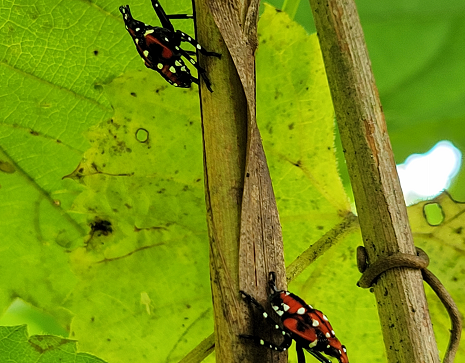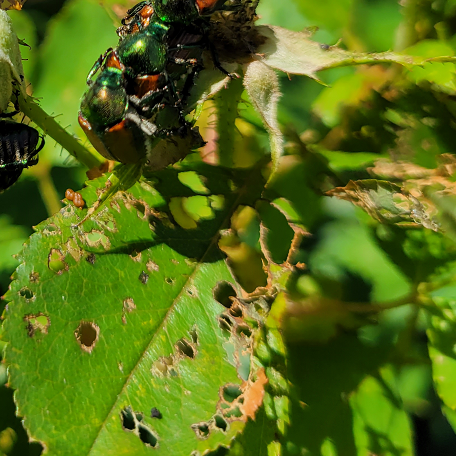Invasive Insects: Introduction
Invasive insects can be a threat to your lawn and home. In addition to disrupting or harming residential landscapes, many invasive pests negatively impact local environments if these insects spread and reproduce. Therefore, pest management is crucial to protecting landscapes and preventing these species from damaging lawns as much as possible. This article will highlight how these insects can spread and which species we will discuss in future articles.
How Invasive Insects Spread
Insects can spread in several different ways. Some species can fly long distances, while others rely on the movement of infested materials such as plants or wood products. Movement of infested materials can involve humans or animals carrying them from place to place on their bodies or clothing and through contaminated food or water. In some cases, invasive insects may be carried along with other products, such as fruit trees and lumber logs, known as “hitchhiking.” Some invasive species may even travel across oceans by hitching rides on boats.
Spotted Lanternfly
The spotted lanternfly is an insect introduced to the United States in 2014, native to China and India, that has since spread to 14 states including Pennsylvania, New Jersey, Virginia, and Delaware. The spotted lanternfly feeds on various tree species, including fruit trees like apples and grapes and hardwood trees like maples and willows. This pest leaves scars on leaves by feeding on them, which can interfere with photosynthesis. Other damages caused by the spotted lanternfly include dead shoots at the ends of branches, dieback or defoliation, reduced tree growth rates, and increased susceptibility to disease outbreaks.

Emerald Ash Borer
An emerald ash borer is a metallic green beetle that feeds on ash trees. The insect was first discovered in the United States in Michigan in 2002 and has since spread to at least 30 states. Emerald ash borer has killed tens of millions of ash trees in the United States. The wood-boring beetle infests ash trees and feeds on the inner phloem, cambium, and outer xylem, causing crown dieback, bark deformities, D-shaped exit holes, woodpecker feeding holes, and yellowing foliage.
Japanese Beetle
The Japanese beetle is an invasive insect species that feeds on the roots of turfgrasses found in home lawns, golf courses, and athletic fields. This species of beetle has a striking appearance. The head and thorax are metallic green, the abdomen is metallic green with black spots, and the legs are dark green.

Balsam Woolly Adelgid
Balsam woolly adelgids are small wingless insects that infest and kill fir trees, mainly balsam fir and Fraser fir (common Christmas trees). The adelgid feeds on the tree’s needles, causing them to turn brown, die off and fall off the tree prematurely. Balsam woolly adelgids are native to Europe and were first detected in North America around 1900. Since then, they have spread across the United States and have caused extensive damage to mature stands of balsam fir trees.
Contact Burkholder PHC for Invasive Pest Treatment & Removal
If you are concerned about invasive insects harming your landscape and want to keep your property safe, contact Burkholder PHC. We provide a free evaluation from our highly experienced, qualified plant health care experts to help remove and control various invasive insect species and any adverse effects these pests may cause. Contact Burkholder PHC today for a free consultation.

